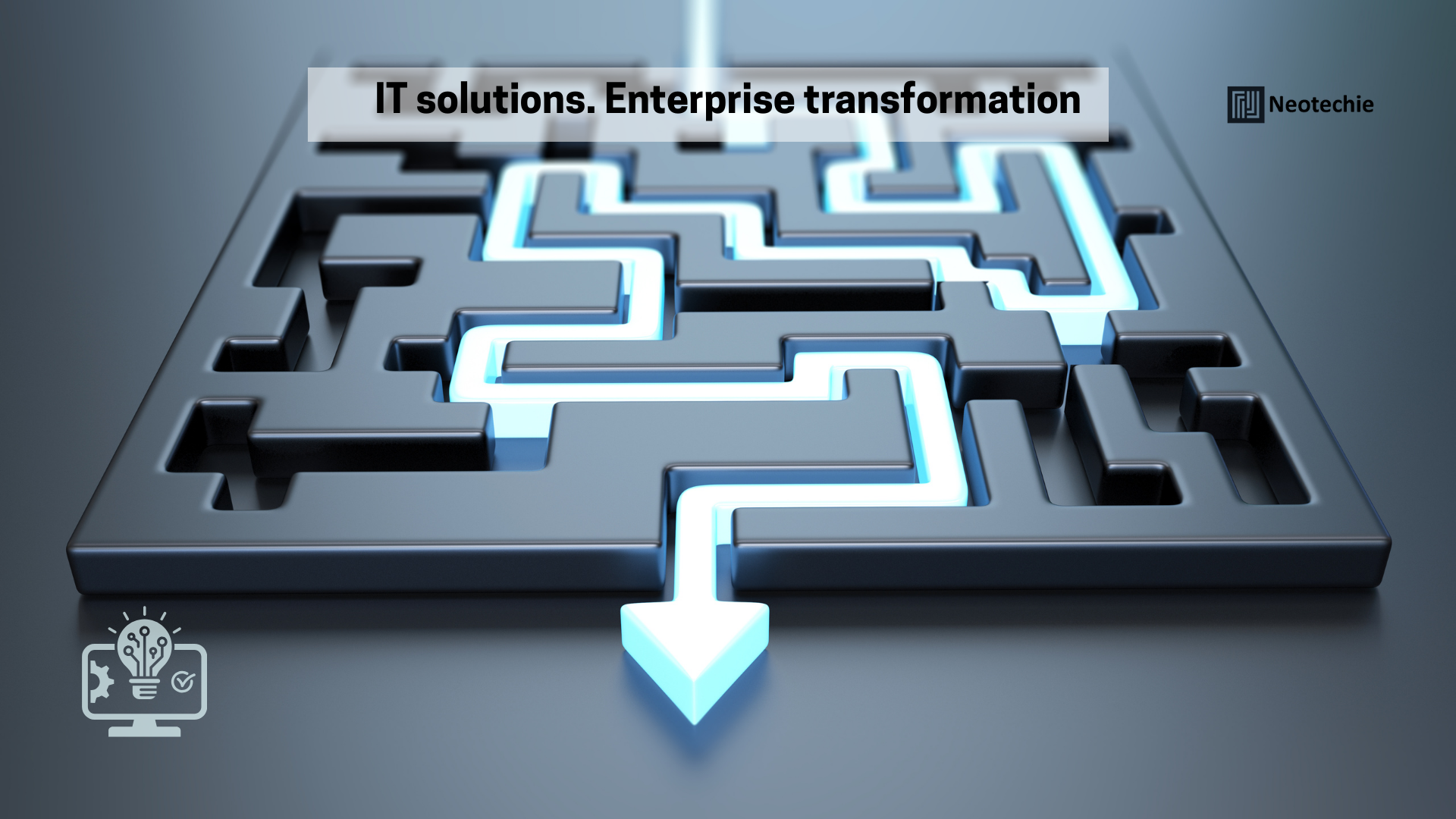Strategic IT Roadmaps: Guiding Businesses Through Holistic Digital Transformation
Digital transformation isn’t just about adopting new technologies—it’s about reshaping the entire business model, culture, and operations to remain competitive in a fast-evolving marketplace. A strategic IT roadmap provides the structured pathway to align innovation with organizational objectives and ensure that every initiative supports long-term growth.
What is a Strategic IT Roadmap?
A strategic IT roadmap is a comprehensive plan that outlines how technology investments, processes, and initiatives will evolve over time to support business goals. Unlike ad-hoc projects, roadmaps:
- Define clear priorities for IT initiatives.
- Create alignment between business leaders and technology teams.
- Provide a timeline for adopting emerging technologies.
- Ensure risk management and compliance considerations are embedded into decision-making.
- Offer measurable checkpoints to track progress.
Why Businesses Need Strategic IT Roadmaps
1. Alignment with Business Objectives
Without a roadmap, IT often reacts to short-term problems rather than driving long-term value. A strategic roadmap ensures technology is aligned with business strategy, whether that means improving customer experience, entering new markets, or increasing operational efficiency.
2. Proactive Risk Management
Every new technology comes with risks—security vulnerabilities, compliance concerns, or integration challenges. A roadmap identifies these risks in advance, enabling organizations to address them proactively instead of reacting after the fact.
3. Smarter Investment Decisions
Budgets are finite, and not every initiative delivers equal returns. Roadmaps help organizations prioritize IT investments by focusing on those with the highest strategic impact, preventing wasted spending on low-value projects.
4. Smooth Digital Transformation
Digital transformation often fails due to lack of structure. A roadmap provides the clarity needed for phased adoption—ensuring that cultural, technical, and operational changes move in sync.
5. Future-Readiness
Markets and technologies evolve rapidly. Roadmaps prepare businesses for future challenges, from AI adoption to cloud migration, by embedding flexibility and scalability into the IT strategy.
How Strategic IT Roadmaps Work
Step 1: Business and Technology Assessment
An in-depth analysis of current IT capabilities, processes, and systems against business objectives. This ensures the roadmap starts from reality, not assumptions.
Step 2: Defining Long-Term Goals
The roadmap sets clear business outcomes—such as increasing customer retention, automating processes, or enabling new revenue streams.
Step 3: Prioritization of Initiatives
Not all IT projects can happen at once. Roadmaps rank initiatives by business impact, urgency, and feasibility, ensuring resources are allocated wisely.
Step 4: Timeline Development
The roadmap establishes short-term, mid-term, and long-term milestones to phase technology adoption, manage costs, and avoid operational disruptions.
Step 5: Continuous Monitoring and Adjustment
Since technology and business needs evolve, the roadmap includes periodic reviews to adapt strategies while keeping the business on track.
Key Elements of an Effective IT Roadmap
- Vision and Mission Alignment – Connecting IT initiatives directly with the company’s broader vision and mission.
- Governance Frameworks – Defining accountability structures and decision-making protocols for IT investments.
- Resource Allocation – Mapping budgets, personnel, and infrastructure against strategic priorities.
- Change Management Strategy – Preparing teams for cultural and operational shifts, reducing resistance to transformation.
- Technology Portfolio Planning – Ensuring a balanced mix of core systems, innovation initiatives, and experimental projects.
Business Benefits
- Reduced risk through proactive identification and mitigation.
- Increased ROI by channeling investments into high-value initiatives.
- Faster digital transformation with phased and structured adoption.
- Greater agility to pivot when markets or technologies change.
- Stronger leadership alignment across IT and business stakeholders.
Why Neotechie?
Neotechie specializes in designing strategic IT roadmaps that connect innovation with business transformation. With expertise across cloud, AI, automation, cybersecurity, and IT governance, Neotechie helps organizations:
- Assess current IT landscapes with precision.
- Define technology initiatives that directly support growth.
- Build structured, flexible, and scalable roadmaps.
- Provide continuous guidance to ensure strategies adapt to evolving business needs.
By combining technical excellence with business insight, Neotechie ensures that IT is not just a support function but a driver of holistic digital transformation.

